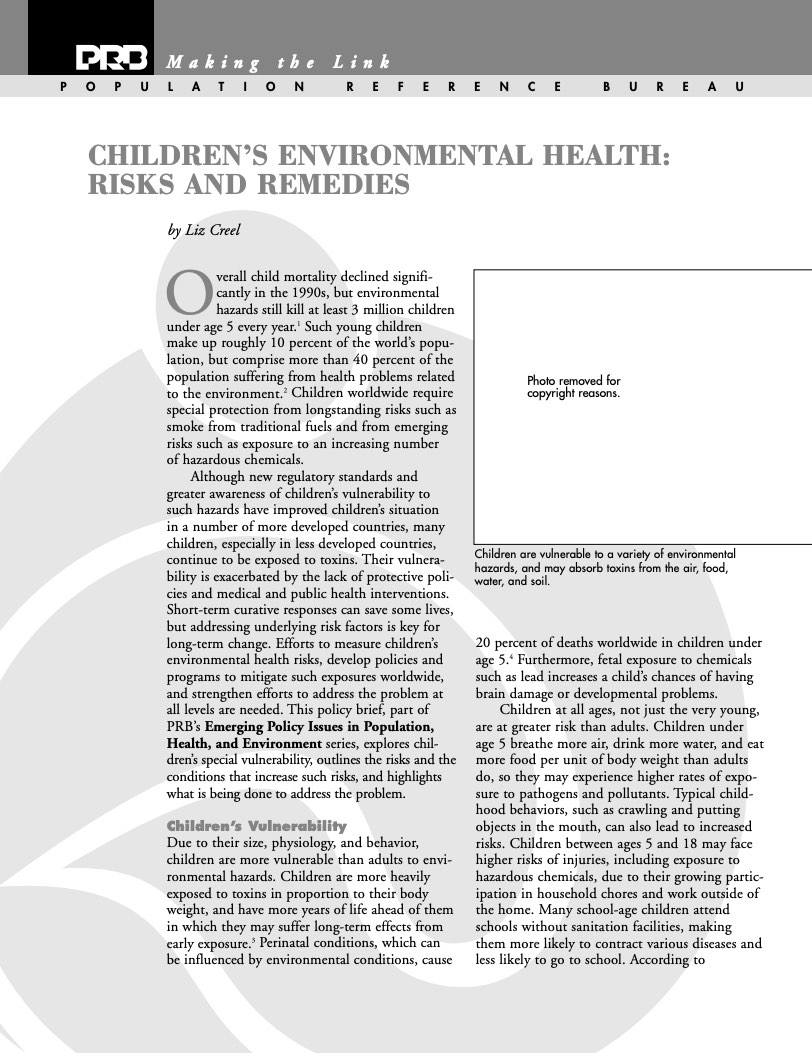The Backdrop: Rising Inequality in the U.S.
(2014) Countries around the world are paying more attention to inequality as an indicator of social and economic well-being.

(2014) Countries around the world are paying more attention to inequality as an indicator of social and economic well-being.
(2006) Although mental health is a sensitive topic the world over, the prevalence of mental illness and its consequences can no longer be overlooked. While mental disorders include a range of illnesses (such as anxiety, schizophrenia, and autism), depression is the most common and is pervasive worldwide.

Project: Demographic Forecasting Services—AMBAG
Two demographic groups—young adults ages 20 to 34 and older adults ages 65 and older—are reshaping the population in rural America.

The Census counts every person who usually lives in the United States. They don’t have to be a U.S. citizen, but they do have to call this country their primary home.
(2006) As avian flu kills a growing number of people and outbreaks of the virus are reported in birds from China to Turkey, public health officials fear a new global influenza pandemic could already be brewing.
Yemi Omoshola, a woman from Lagos State, in southwestern Nigeria, needed blood desperately. Her doctor's attempts to induce delivery of her overdue baby had caused excessive bleeding. Unfortunately, the hospital had no blood bank. While her husband searched for blood, Mrs. Omoshola lost consciousness and died.
(2003) Education is a key part of strategies to improve individuals' well-being and societies' economic and social development.

(2002) Overall child mortality declined significantly in the 1990s, but environmental hazards still kill at least 3 million children under age 5 every year.1 Such young children make up roughly 10 percent of the world's population, but comprise more than 40 percent of the population suffering from health problems related to the environment.2